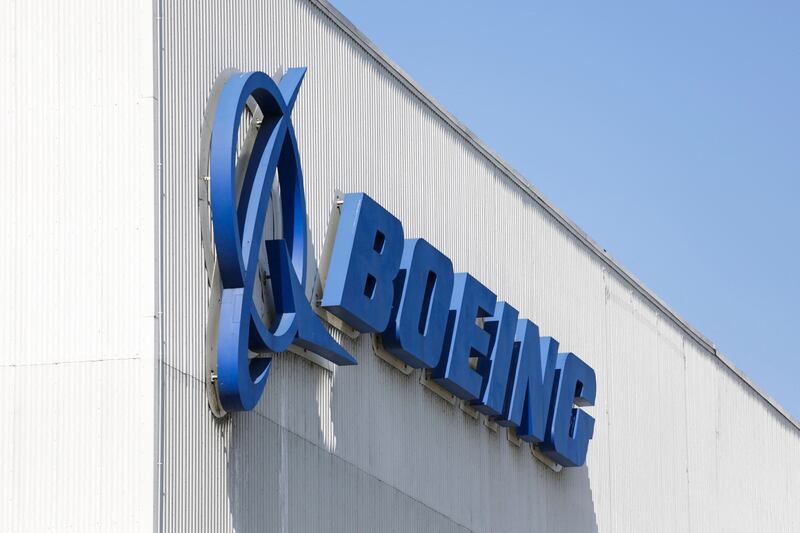Boeing posted its first quarterly profit in almost two years as deliveries of its 737 Max model picked up and air travel demand improves in the wake of rapid Covid-19 vaccination campaigns globally.
The US plane maker swung to a second-quarter net profit of $567 million, from a loss of $2.4 billion in the same quarter last year, Boeing said in a statement on Wednesday. Revenue rose 44 per cent year-on-year to $17bn, beating analysts’ estimates of $16.5bn complied by Refinitiv.
“We continued to make important progress in the second quarter as we focus on driving stability across our operations and transforming our business for the future,” David Calhoun, Boeing’s president and chief executive, said. “While our commercial market environment is improving, we’re closely monitoring Covid-19 case rates, vaccine distribution and global trade as key indicators for our industry’s stability.”
Boeing said it had delivered more than 130 of its bestselling 737 Max aircraft and airlines have returned more than 190 previously grounded planes to service since a safety ban on that jet was lifted in November 2020.
The 737 programme is currently producing at a rate of approximately 16 aircraft per month and will gradually increase production to 31 aircraft per month in early 2022, with further gradual increases to correspond with market demand, Boeing said.
The company will continue to assess the production rate plan as it monitors the market and engages in customer discussions, it said.
Boeing, which is dealing with structural defects on its 787 Dreamliner widebodies, said it plans to cut the 787 production rate temporarily to lower than five per month and expects to deliver fewer than half of the 787s currently in its inventory this year.
The company said its operating cash flow improved to $500m in the quarter, driven by higher commercial deliveries, higher order receipts and lower expenditures.
“Cash and investments in marketable securities decreased to $21.3bn, compared to $21.9bn at the beginning of the quarter, primarily driven by operating cash outflows,” Boeing said.
Sales for Boeing’s commercial aeroplanes unit increased almost 268 per cent on an annual basis to more than $6bn in the three months to June 30. This unit, which delivered 79 aircraft during the quarter, secured orders for 200 737 aircraft for United Airlines and 34 737 aircraft for Southwest Airlines, the company said.
Revenue from defence, space and security unit rose 4.4 per cent to $6.9bn in the second quarter.
“While we still have ways to go before a full rebound, it is encouraging to see the commercial market improving, enabled by continued vaccine distribution and increasing travel demand, particularly in domestic markets,” Mr Calhoun said in an employee memo.
“Going forward, we will closely monitor case rates, vaccine distribution, travel protocols and global trade as key indicators for recovery,” he said.
The company’s research and development expenditure dropped by more than 20 per cent in the quarter to $497m, the company said in the statement.






